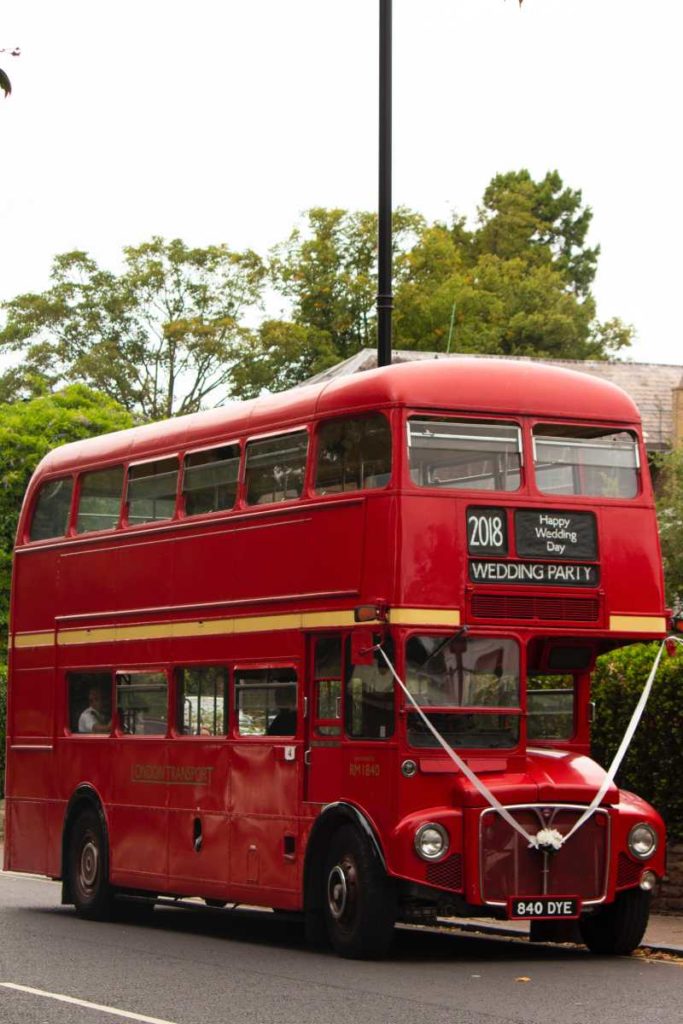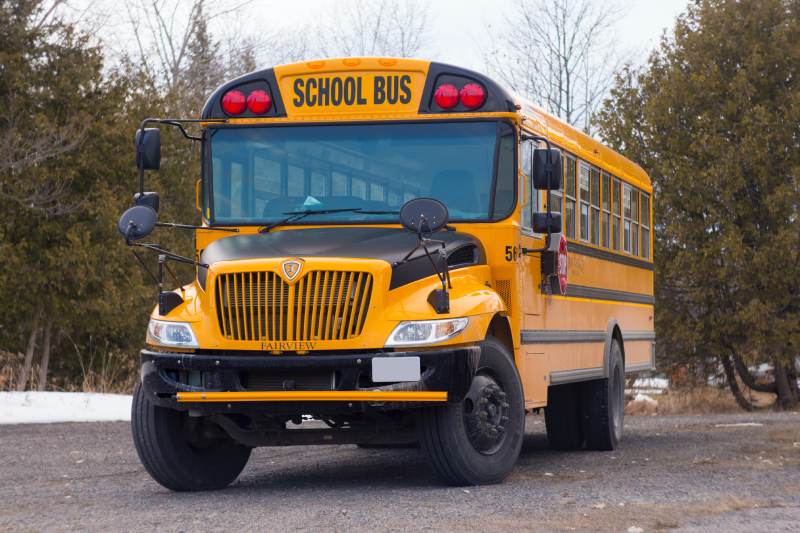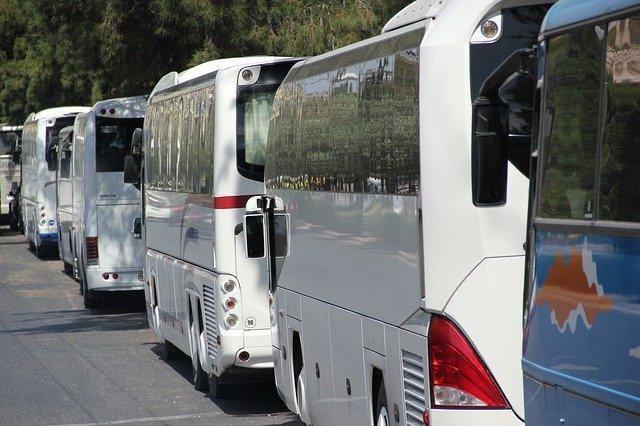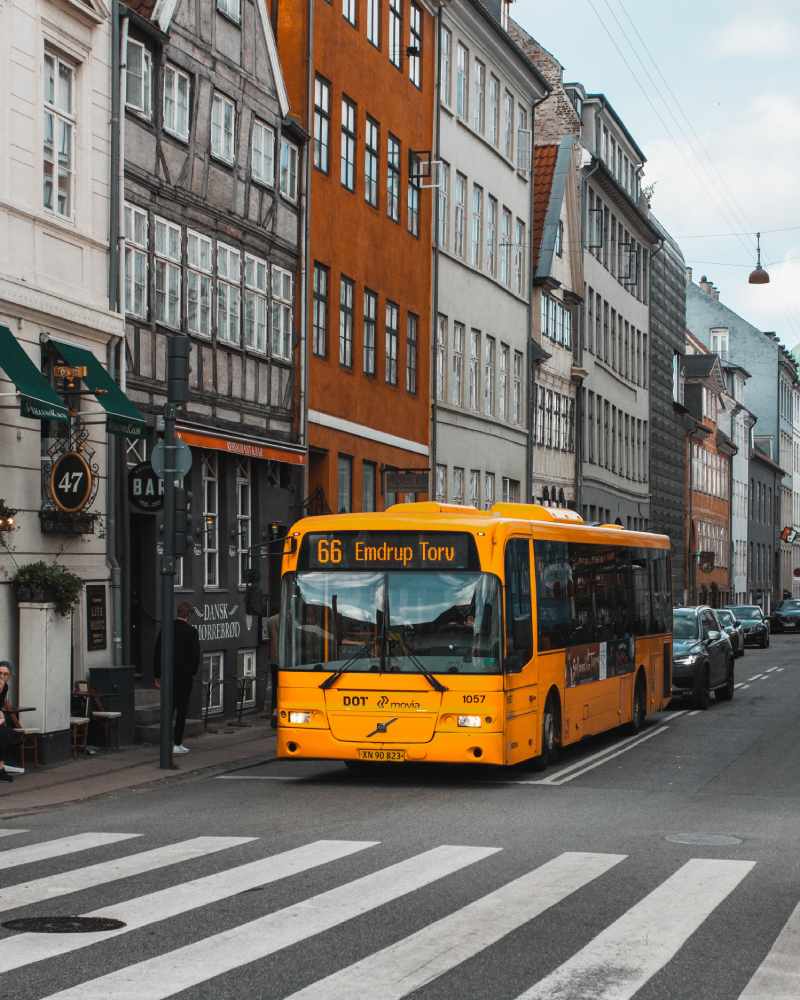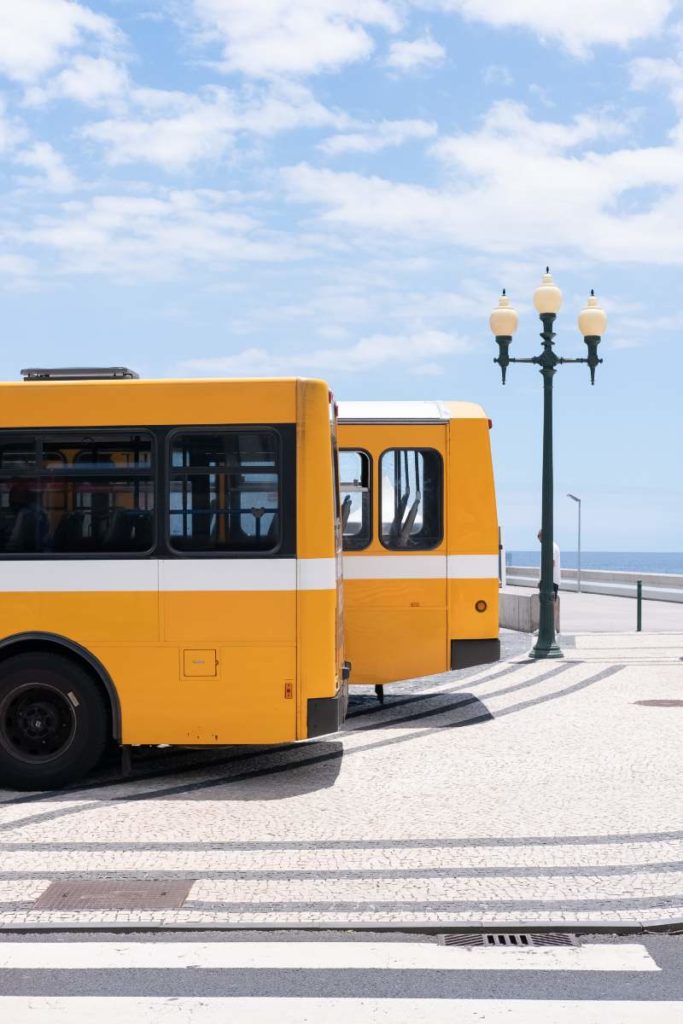During the 1920s and 1930s, easy entry into the taxi cab industry led to an oversupply of taxis, resulting in traffic congestion, fare-cutting wars, low driver wages and other unsafe and sometimes illegal activities. The Great Depression created an influx of unemployed workers which worsened these problems, with the number of cabs spiraling to 21,000 in 1931. To address problems of oversupply, in 1937 the City of New York enacted the “Haas Act” (sponsored by City Alderman Lew Haas) in order to freeze the number of taxi medallions. In 1996, 2004 and 2006, the City auctioned off a total of 1450 medallions. Thus, by 2012 the total cap was set at 13,237. While being a passenger in a Limousine taxi was not always the most pleasant of experiences, it was just another option for the millions of New York City residents and the multi millions of City visitors to obtain transportation for-hire on demand. Of course, demand always exceeded the supply of available taxis. That is why the value of the yellow medallion soared from $10 in 1937 to approximately $1,000,000 (one million dollars) in 2012. The purchase of the yellow medallion was one the best, if not the best investment in the world. It also provided many immigrants with the ability to realize the “American Dream”.
While the yellow taxis have traditionally served those persons who live and seek transportation in Manhattan, the non-medallioned “livery” industry has always served the residents of the 4 outer boroughs of New York City. The residents of Brooklyn, Queens, the Bronx and Staten Island always had a reliable car service to call to obtain transportation by pre-arrangement. By 2012, the livery industry has some 38,000 licensed drivers in 23,000 vehicles that were affiliated with approximately 450 bases. As far back as January 2011, Mayor Bloomberg first proposed allowing non-medallioned livery vehicles to accept street hails (i.e., a person standing on the street waving to vacant taxicabs to be picked up, as opposed to a trip pre-arranged by telephone or other means) outside of Manhattan. With the help of the Mayor Bloomberg and then TLC Commissioner Yassky, the State legislature created a law, later known as the “Street Hail Law” that allowed the Mayor to issue up to 2,000 new taxicab medallions and allowed the TLC to issue 18,000 “HAIL licenses,” valid for street hails outside the Manhattan Central Business District. Thus, the creation of the green taxicab. These granny apple green cabs were supposed to provide the residents of the 4 outer boroughs of New York City with more transportation options.
Those who had been heavily involved in the for-hire transportation industry and knew much more than the elected leaders in Albany about what was good and what was bad for the Limousine services in New York City were essentially ignored. The leaders of the taxi and livery industry knew that the Mayor’s proposal and the state’s new law was a bad idea and vigorously fought it all the way to the New York Court of Appeals, New York State’s highest court. The Court of Appeals upheld the law as it is required to give great deference to enactments of the State Legislature when it comes to matters of health, safety and welfare of its citizens. Of course, transportation always involves the health, safety and welfare of the citizens of New York State and New York City.
On the implicit promise from the City of New York that these green cabs would be money makers, similar to the yellow medallions, and because the City was offering incentives for green cabs retrofitted to accommodate passengers in wheelchairs, many small time investors bought into this bad bill of goods. A new generation of immigrants who were looking for the same “American Dream” that their predecessors did via the yellow medallion, bought into the green cabs. All the while, there was this little know company named Uber that was lurking in the background. The leaders of the taxi and livery industry knew at the time that Uber was operating illegally. They surely complained to the City Council, the TLC, the New York State Attorney General and even the Federal Trade Commission. All elected leaders and those in power ignored the pleas of the leaders of the taxi and livery industry to stop Uber from operating illegally. It was not a matter of Uber taking away business from the yellow taxis and the livery bases, but a matter of fairness. Two entities that provide the same service were being treated differently. The taxi and livery industry have always been heavily regulated, but Uber was not being regulated. This created an unfair playing field that is the antithesis of our American way of life that has thrived on fair play and substantial justice. This was the seed of the downfall of the industry. The City’s failure to regulate Uber created a vacuum that allowed it to expand in ways that Uber surely planned, but the City’s leaders refused to acknowledge.
The elected leaders of the City and the TLC took no action to regulate Uber. They all bought into Uber’s claim that they were not a transportation company, but a technology company. While I believe that Uber’s technology was surely excellent, I also believe in the old saying of don’t pee in my ear and tell me it is raining. By the time the City and the TLC got around to regulating Uber, it had become a behemoth with money, political power and influence. In no time at all, Uber’s fleet of vehicles eclipsed the number of yellow taxis….and then some. I and many of my friends and colleagues in the for-hire vehicle industry pled to the City Council Transportation Committee and the Mayor to place a temporary cap on the growth of Uber until all interested parties could get a handle on what the effects of Uber were likely to be. The City’s leaders took no action and the City’s transportation regulators even took affirmative action to let Uber thrive. Before Uber’s explosive and unchecked growth, the yellow taxi industry was still doing well and the livery industry too. Then the TLC allowed a driver of a for-hire vehicle to accept dispatches form more than one base. This old requirement that a livery or black car vehicle be affiliated with only one base and its driver only be allowed to accept dispatches from that base was created for the safety of the public. All of a sudden, without any real reason or justifiable explanation, the TLC allowed drivers to accept dispatches from bases in which there was no affiliation. This was the equivalent of the ability to mint 18 carat gold bars for Uber because it allowed them to send dispatches to virtually anyone it wanted and thus expand its fleet in ways that few, except Uber, ever imagined.
Today, Uber and other companies such as Lyft, have an army of nearly 50,000 licensed vehicles that transport hundreds of thousands of people across the city every day. Uber and Lyft are rapidly transforming transportation in New York. They not only threaten the existence of the taxi industry, but they siphon passengers away from subways and buses, all while raising concerns over worsening street congestion. According to city data, the proliferation of Uber and Lyft appear to be contributing to increasingly gridlocked streets. Average travel speeds in the heart of Manhattan dropped to about 8.1 miles per hour last year, down about 12 percent from 2010. Uber and Lyft are also succeeding at the expense of others. The Metropolitan Transportation Authority has taken a hit to its budget because it receives financing from a 50-cent surcharge on taxi trips. Officials at the MTA say the shift from taxis to Uber has cost the MTA about $28 million since 2014.
So back to the taxis industry. Many of those who invested in yellow or green cabs have seen their investments wiped out. For-hire vehicle drivers are flocking to Uber with their false promise of making large sums of money all while being your own boss. Since 2013, approximately 5,000 taxi drivers have thrown in the towel. Those who own yellow medallions are either barely paying their loans back or are in foreclosure. Last month Queens-based Melrose Credit Union, one of the largest lenders of money to those who purchased taxi medallions, was seized by state after delinquent taxicab loans soared tenfold in just 18 months. The stock price of another one of the City’s taxi lenders, Medallion financial Corp., has fallen so far that one share of its stock now costs less than a ride on a NYC subway. And lets not forget that the City itself has a financial interest in the sale of medallions as it takes a 5% transfer tax on each sale/transfer. This is much less money to go to the City coffers.
Moreover, the drivers that have flocked to Uber and Lyft are not looking at the big picture. Uber has made its plans to develop a self-driving vehicle very clear. In other words, the day will come very soon, when Uber will no longer need drivers. Then the for-hire vehicle drivers will have no work. The taxi industry will be on life support or dead and the out of work drivers will then cause the unemployment lines to swell. Worst of all, the public just does not see the ills inherent in Uber and Lyft. Their explosive growth was made possible by luring riders away from taxis and the traditional modes of for-hire vehicle transportation (livery/community car services) with artificially low prices because they are being subsidized by a massive influx of cash by large pocketed investors. Uber has engaged in anti-competitive conduct since its inception. Competition has always been good for the consumer as it keeps prices low and the incentive to innovate high. This is why the law prohibits monopolies. So all while Uber and Lyft take all measures necessary to kill off the competition, they continue lure the public to their apps.
The public and the elected leaders of the City and State need to wake up and realize that at some point in the near future, the combination of significantly reduced competition with the eventual need for Uber to turn a profit, will lead Uber to drastically increase prices. When Uber has little or no competition, what options will the public have? Taxis may very well be gone, community car services will slowly be wiped out and the MTA is always in disarray, financial and otherwise. Uber will then be in the position to raise prices to whatever it wants and will be able to fleece the pockets of anyone with a smartphone. If we stay on this path, the public will have two options. One is to walk to their destination or be financially raped by Uber. Neither sounds like a very good option to me. And what will the elected leaders do then? Will they seek to regulate the prices of Uber trips? Will they create further regulations to stagnate the vitality of for-hire transportation in the City? Will they do nothing and just let the public deal with the problems? At this point in time, all I know is that the City and State have not learned the lessons from their past errors and mistakes. Someone needs to force the elected leaders of the City and State to open their eyes…or perhaps the public should just vote those with blinders on out of office.
So at this point in time, what can the public do, short of voicing their opinion through the power of the ballots? The public can support their tried and true local car service. Don’t turn your backs on the liveries that provided transportation to the City during a past time in recent history, such as the late 80‘s and early 90s, when it was unsafe and unpopular to so, especially in the outer boroughs. Car services such as Carmel Car and Limousine Service have been in business since the early 1980’s and have an app that is just as good as the one created by Uber and Lyft. Carmel has been there for the public in its time of need and now the public should return its loyalty to Carmel, and other livery bases, by refusing to utilize Uber and Lyft. Support your local car service is akin to only buying American made goods. Sometimes it may be hard to do so, but in the end, who will be the loser by continuing to use Uber which will allowing Uber to kill off the competition. The public will suffer. I speak my peace not because I have the magic 8 ball that allows me to see into the future, but because I care. I take the time to think about the future of our City, the needs of the public and the path to destruction that the transportation industry is now on. I hope that some elected leaders take a good long look at history, think about what I am saying/preaching in this article and give my opinions its due consideration and not let campaign donations and the desire to stay in office cloud their judgment. I also hope that members of the public think about what I am saying and use your good sense to realize that Uber is not the solution, but is the problem.

